Baldur's Gate 3 is the deep, gorgeous RPG I've been waiting for
Baldur's Gate 3 is a new take on an old franchise
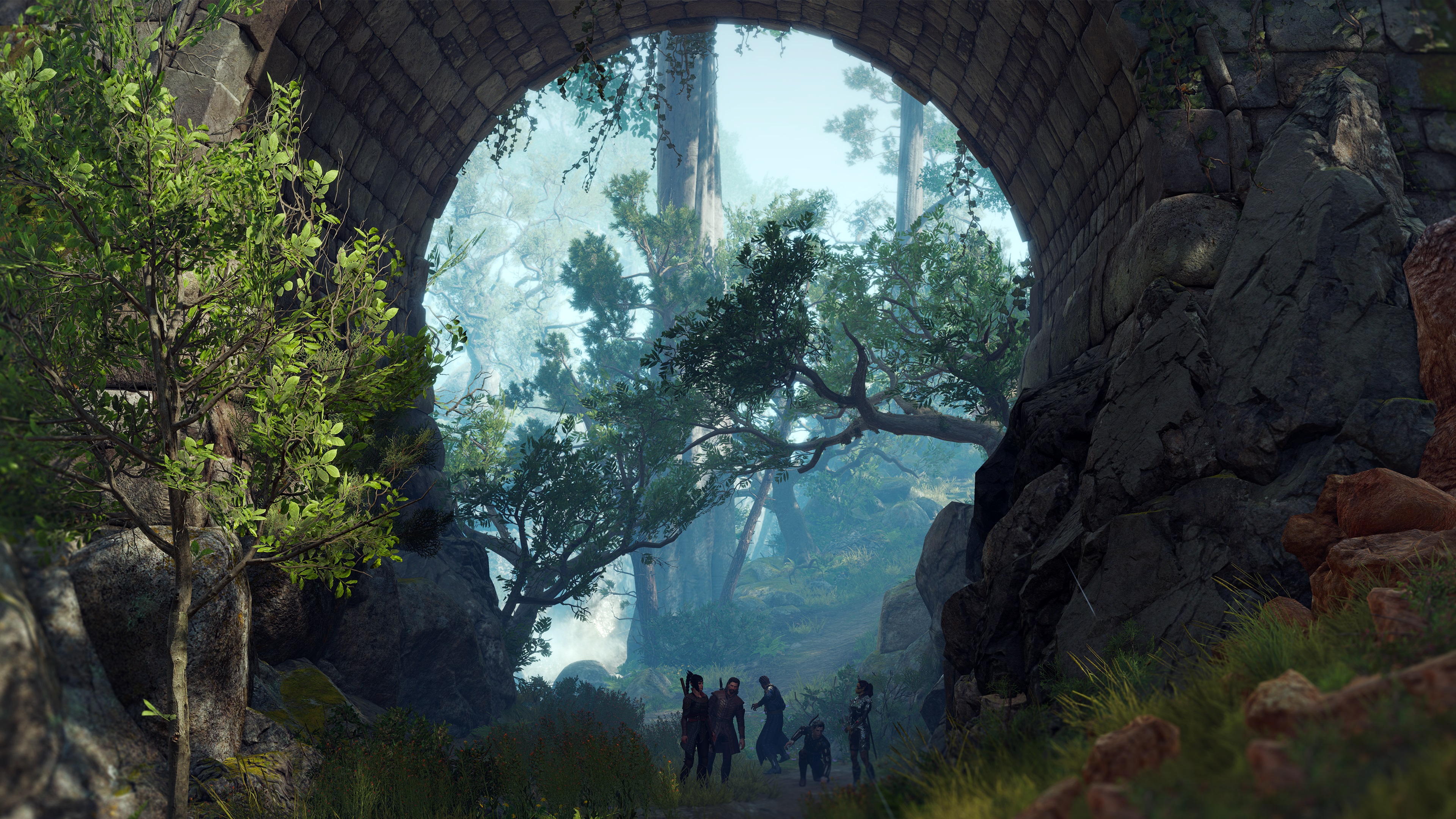
NEW YORK — Baldur's Gate II: Throne of Bhaal came out 19 years ago. While there have been various spinoffs and remasters since then, it was pretty safe to say that the series was done. But a curious thing happened last June: Larian Studios announced Baldur's Gate III. The beloved digital Dungeons & Dragons adventure will continue — and if the first few hours of the game are any indication, the adventure could be very worthwhile.
On Feb. 24, I sat in on a hands-off press demo of Baldur's Gate III, where some of the game's developers played through two early sections of the game. We got a glimpse at character creation, quests, companions and combat, and they all look like worthy follow-ups to what we saw back in Baldur's Gate and Baldur's Gate II.
- The best PC games out now
- Everything we know about PS5
While the game is still a long way from completion, it seems to be very much on the right track — even though we're still not quite sure how strongly this game will tie into the first two.
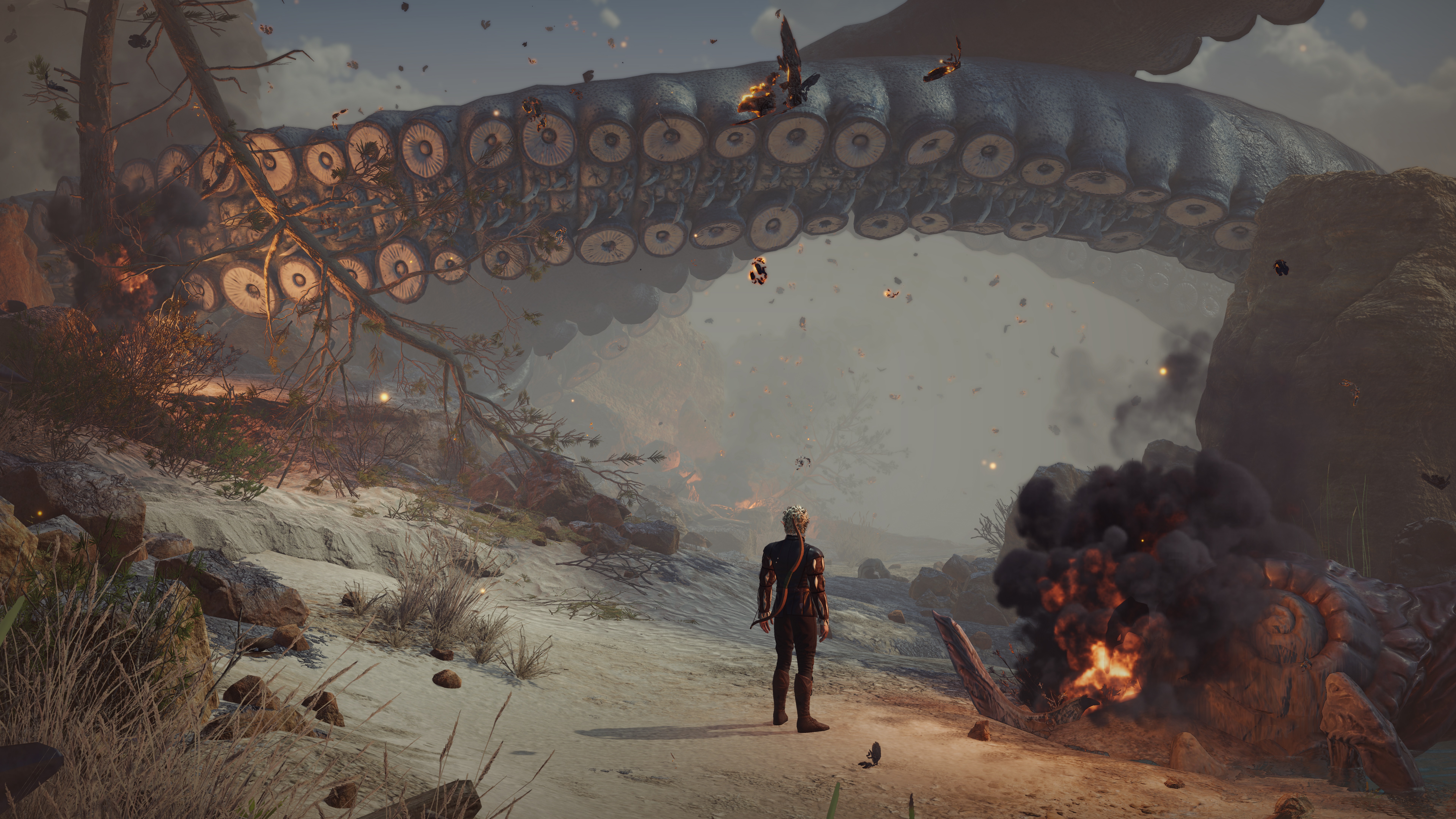
Baldur's Gate III story
The first two Baldur's Gate games were all about the children of a dead god called Bhaal, and the ways in which they could reshape the fantasy realm of Faerûn. However, since Throne of Bhaal wrapped that story up pretty definitively, Baldur's Gate III starts somewhere very different.
This time around, the big threat comes from Illithids, also known as Mind Flayers. These tentacled monstrosities look like something out of a Lovecraft story, and bend other beings to their wills through psionic mind control abilities. At the beginning of the game, your character is one of several adventurers held captive by mind flayers, and implanted with an "illithid tadpole." Left untreated, this tadpole will sap your free will, ravage your body and turn you into an illithid as well.
The game's opening cutscene depicted the mind flayers attempting to attack a city, using a flying creature known as a nautiloid. The city's defenders took to the air, riding fire-breathing dragons. When the dust cleared, your avatar and his or her fellow adventurers were free of the mind flayers — for the moment — and several days away from the big city of Baldur's Gate.
While the game's tutorial will flesh out some of these plot points, the developers skipped over that part and went right into the main game. This covered a lot of familiar fantasy ground: fighting off local wildlife, defending cities from bandits, exploring lost tombs, sneaking into enemy forts and so forth. The main thrust of the plot was to free yourself from the tadpole's influence, but it seems like this will be only the opening act of a much larger story.
Get instant access to breaking news, the hottest reviews, great deals and helpful tips.
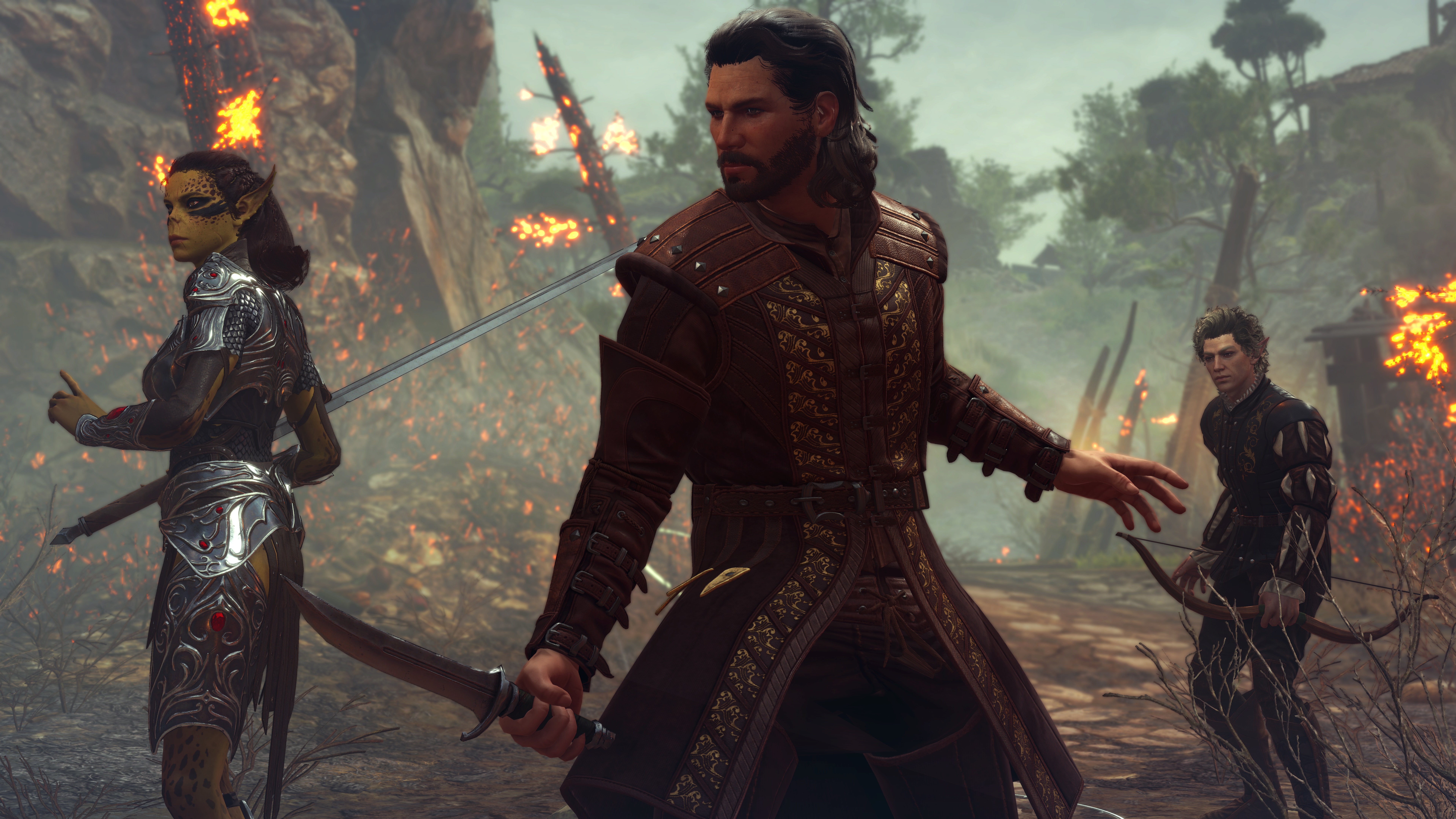
Baldur's Gate III character creation
Longtime fans know that one of the best parts of any Baldur's Gate game is creating your perfect adventurer from scratch. While the Larian devs didn't spend much time on character creation, it looked like an extremely deep system. There are 15 playable races and subraces, including haughty elves, reptilian githyanki, demonic tieflings and regular old humans, if you want to be extremely boring. You can also choose to be a fighter, a rogue, a wizard or a cleric — at least in this demo. The final game will have at least eight playable classes.
You'll choose your character's race, class, name, sex and moral alignment, then distribute attribute and skill points accordingly. Longtime D&D fans know the drill: attributes represent things like Strength (for melee attacks), Dexterity (for ranged attacks) and Charisma (for charming other characters). Skills include more specialized disciplines, such as Athletics, Persuasion and Stealth.
What's new this time around is that you can also choose one of five origin stories for your character. The devs created a high elf rogue named Astarion, whose backstory dictated that he was also a vampire in thrall to a vampire lord named Cazador. This came into play numerous times as Astarion made choices during the game, and it seems likely that any other backstory will have similar repercussions.
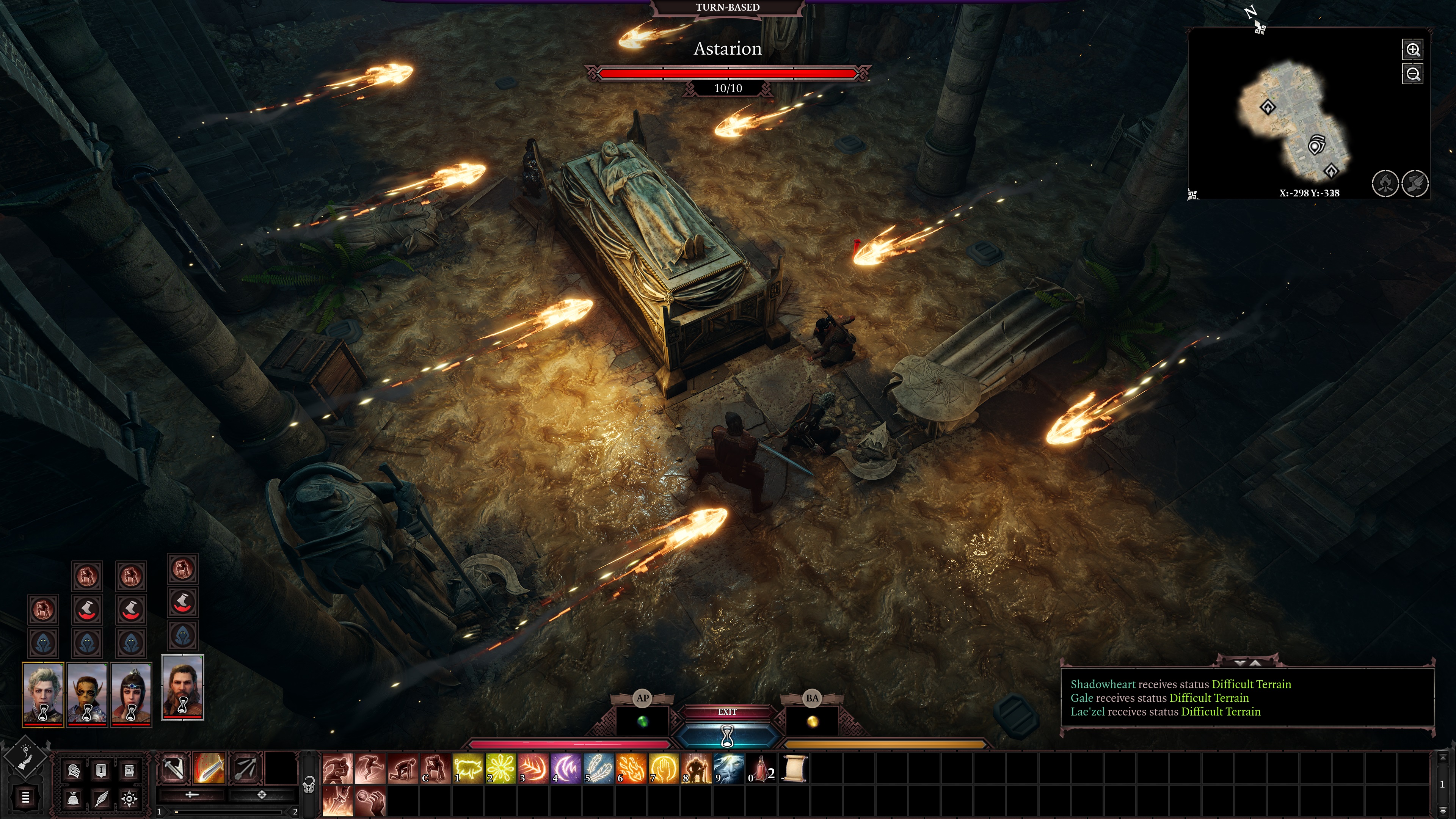
Baldur's Gate III gameplay
Perhaps the most exciting thing about Baldur's Gate III is that it represents the first time Dungeons & Dragons 5th Edition rules will be available in a video game. For those who aren't D&D experts, there have been various rulesets over the years as the game has evolved. The original Baldur's Gate games used the Advanced Dungeons & Dragons rules, which were becoming outdated even as the games debuted. Baldur's Gate III will use Dungeons & Dragons 5th Edition: a modern, streamlined approach to the setting, which has resonated in a big way with tabletop players.
The demo began with Astarion, all by himself, in a wilderness area far from any bastions of civilization. The first thing I noticed was that the game looks quite similar to other Larian Studios games, namely Divinity: Original Sin and its sequel. You can play the game from an isometric or closer third-person perspective, but the camera always keeps a respectful distance so that you can manage a whole party at once.
After recurring his first companion, a dark cleric named Shadowheart, Astarion journeyed through the wilderness, sometimes exploring on his own (he had an impressive Jump skill, letting him reach treasure in high places), sometimes with Shadowheart in tow. As in previous Baldur's Gate games, you can always split up the party and position everyone to your liking before a big combat session begins.
And speaking of combat, it wasn't long before Astarion and Shadowheart found themselves facing down two small intellect devourers: buglike foes that serve the mind flayers. Combat is turn-based, like the tabletop game, so you can pause and plan your moves before your characters execute them in real-time. Depending on how complicated you want to make things, you could meticulously plan every character's every move and action, or just let the AI do some of the heavy lifting. Combat consists of all the standard D&D trappings: attacking with weapons, activating special abilities, slinging magic spells and quaffing potions to enhance skills.
One impressive thing about combat is that terrain plays an important role this time around. (The technology wasn't really there yet back in BG and BGII.) Astarion primarily used a bow in battle. As such, when one of the intellect devourers got too close, he shoved it out of the way — and off of a small cliff. The intellect devourer took damage from the fall and went prone, allowing Astarion to fire off another arrow with ease.
Interacting with the terrain outside of combat is a big part of the game as well. A little later on, Astarion and Shadowheart found their progress blocked by a mysterious purple liquid. Astarion dipped his arrows in a nearby flame, then shot a fire arrow at the purple substance to make it explode. A little later on, he dropped a heavy counterweight from a crane, smashing through the floor to create an alternate entrance into a tomb.
As the demo progressed, Astarion and company traveled from the wilderness into a bandit-filled tomb, a frontier town under attack by goblins, and an enemy fort full of bloodthirst cultists. At every turn, there was an opportunity to make a choice. It was possible to intimidate the tomb bandits out of a fight — except that Astarion botched his skill check, and the bandits attacked instead. Like the tabletop game, every time you make a skill check, a twenty-sided die will roll onscreen. The higher the number, the better chance of success. It's a nice visual touch, and makes the whole game feel even more like a tabletop campaign.
In the frontier town, Astarion had to decide whether to rescue a group of adventurers stranded outside, or fend for his own safety. In the enemy fort, Astarion had to decide whether or not to reveal the location of the frontier town. If he did, enemy soldiers would storm the town and destroy it, but leave Astarion free to explore the fort relatively uncontested. If he didn't, it might blow his cover. The game is rife with decision points like this, and the devs believe that players will want to see how they all play out, rather than quick-save frequently and "optimize" every choice.
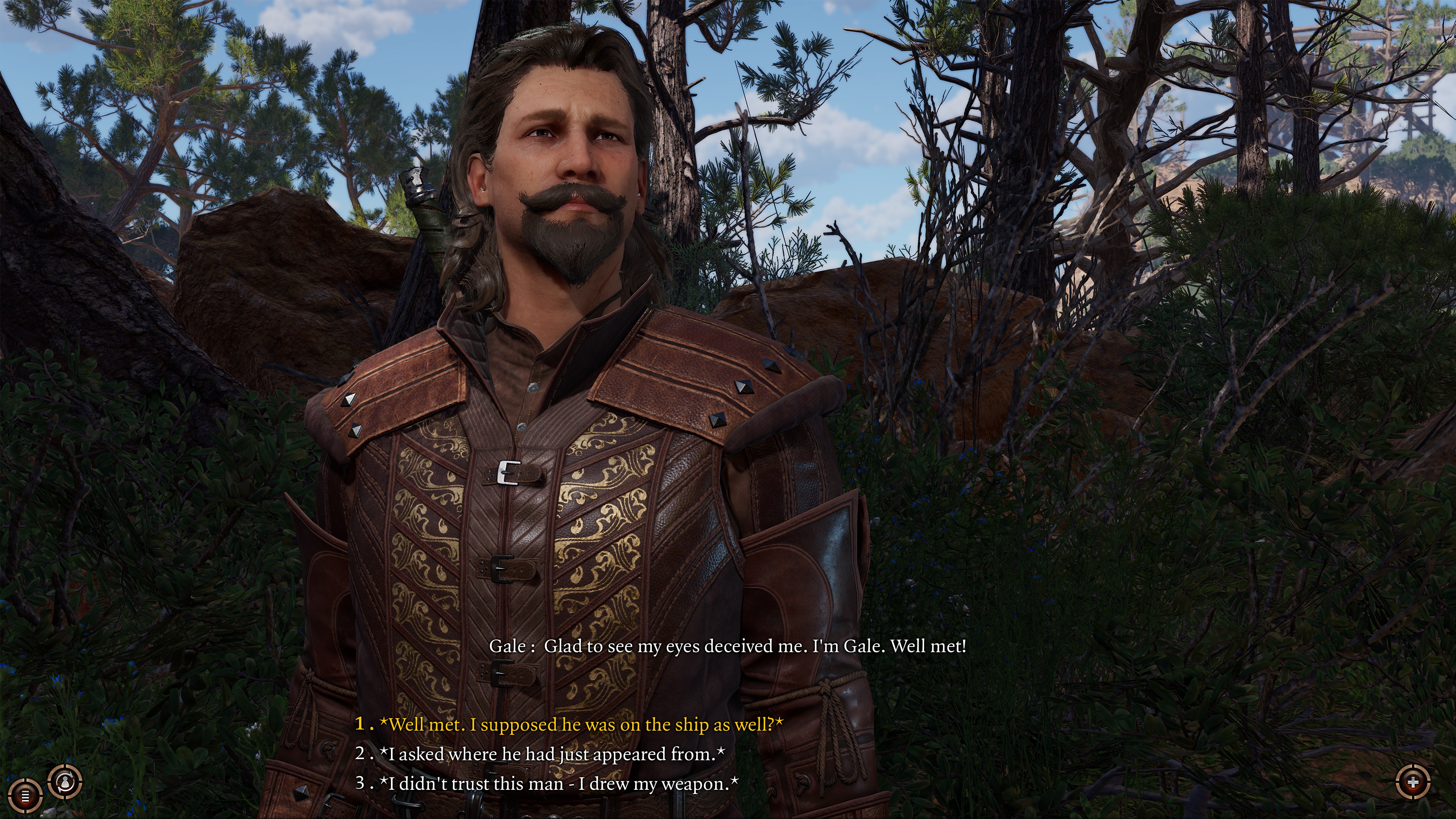
Baldur's Gate III companions
During the course of the Baldur's Gate III demo, we learned about four potential party members: Shadowheart, a half-elven cleric; Gale, a human wizard; Lae'zel, a githyanki fighter; and Wyll, a warlock (he looked like a human, but we had less time with him, so I couldn't be sure).
You'll interact with your party members much more frequently than in the first two Baldur's Gate. Whenever you set up camp for the night, you'll have an opportunity to interact with them, and they'll very often have new things to say, depending on the quests you've completed. In fact, party members often presented dialogue opportunities simply to weigh in on quests that were currently in progress.
Depending on your backstory, you'll also be able to interact with party members in more specialized ways. For example: as a vampire, Astarion needed to feed on blood. While he had mixed feelings about feeding on sapient life, one night at the camp, he had the opportunity to feed on a party member. He chose Shadowheart, sucked her blood and successfully stopped himself before he did too much damage. The next day, Astarion had a bonus to all of his attacks, while Shadowheart had a penalty. Astarion had a choice at every juncture; some required skill checks, and some didn't.
You'll also be able to recruit "camp followers," who give you benefits at your nightly campsite, but don't participate in combat. D&D aficionados will be pleased to know that one potential camp follower is Volo: the gregarious adventurer who chronicles all notable goings-on in the Forgotten Realms.
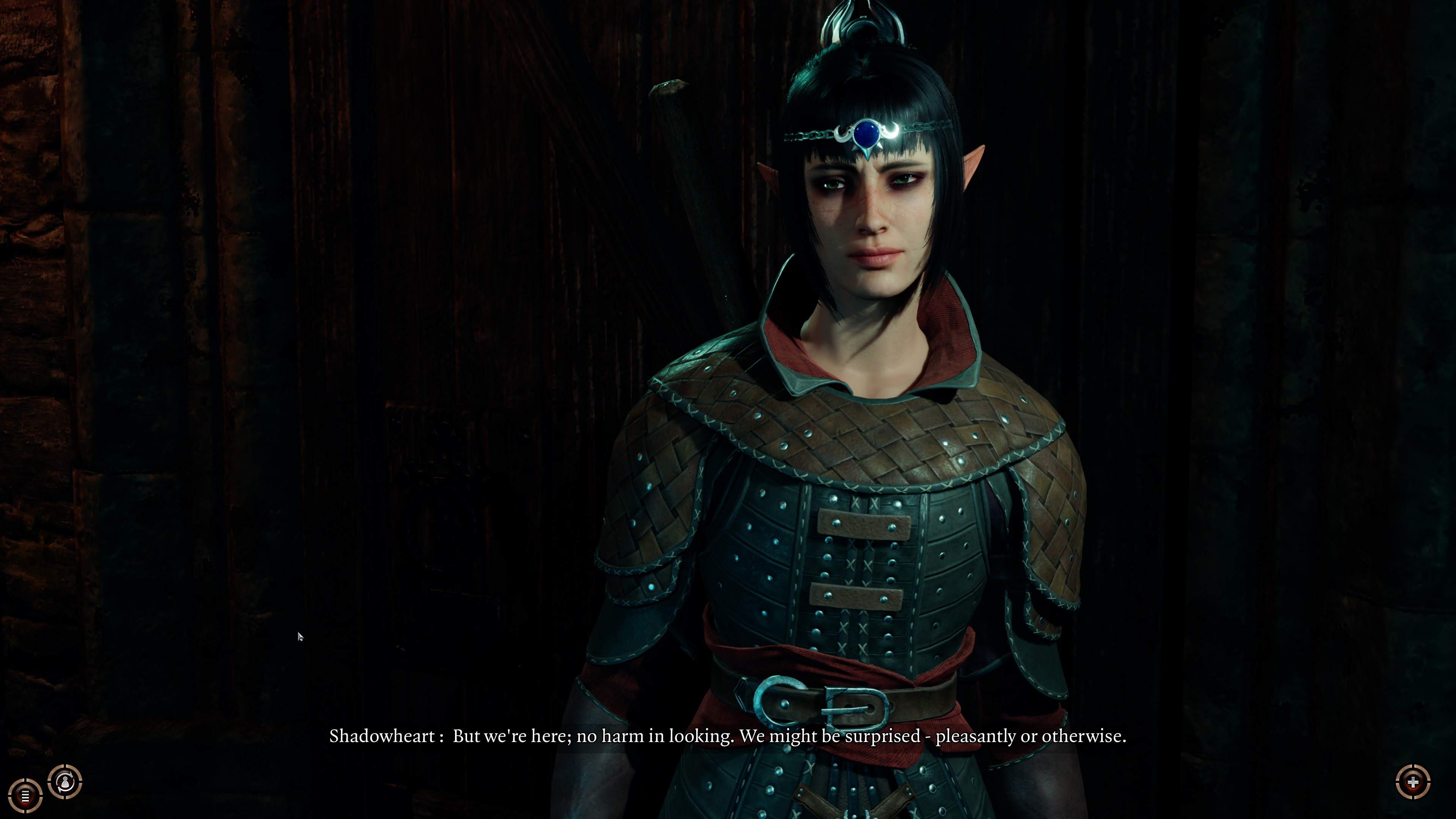
What's next?
While Baldur's Gate III is still a long way from completion, Larian devs promised that it will be playable in early access sometime this year. (If I had to guess, I would say that the game will get a full release in 2021, but time makes fools of us all.) The game will be available on Xbox One, PS4, PC and Stadia, but doesn't have a firm price just yet.
As a big fan of the first two games, I'd love to see Baldur's Gate III evoke some of the same themes and plot points. On the other hand, I've seen only about two hours of gameplay — who's to say that the game won't lean deeper into series history later on? In any case, the gameplay looks extremely promising, particularly in just how open-ended it can be.
If you want to get a head start on Baldur's Gate III, you can play the D&D module "Descent Into Avernus," which sets up a lot of backstory for the video game. Of course, since "Descent Into Avernus" is a tabletop adventure, you'll also need four or five friends — and a lot of spare time.

Marshall Honorof was a senior editor for Tom's Guide, overseeing the site's coverage of gaming hardware and software. He comes from a science writing background, having studied paleomammalogy, biological anthropology, and the history of science and technology. After hours, you can find him practicing taekwondo or doing deep dives on classic sci-fi.
